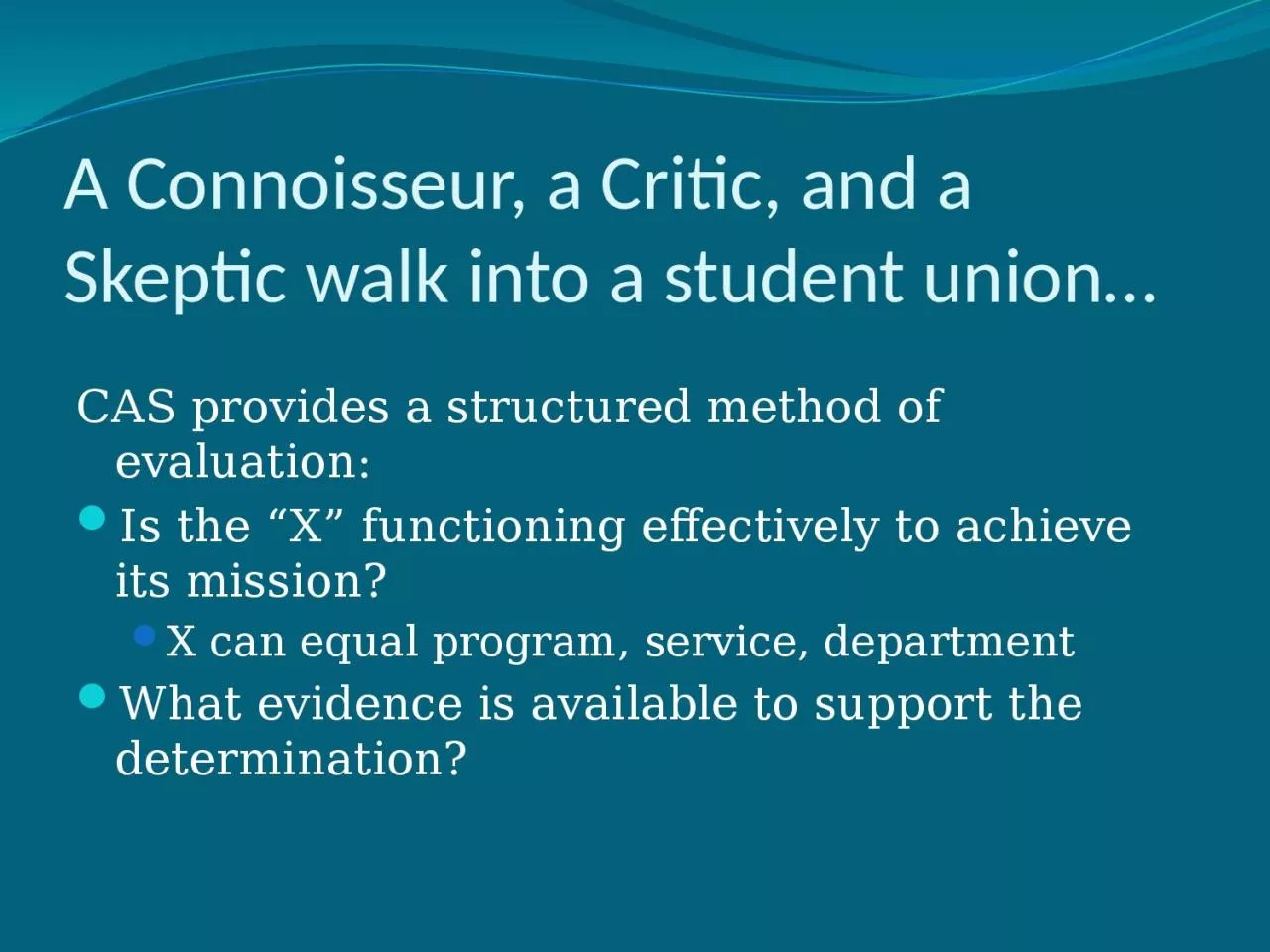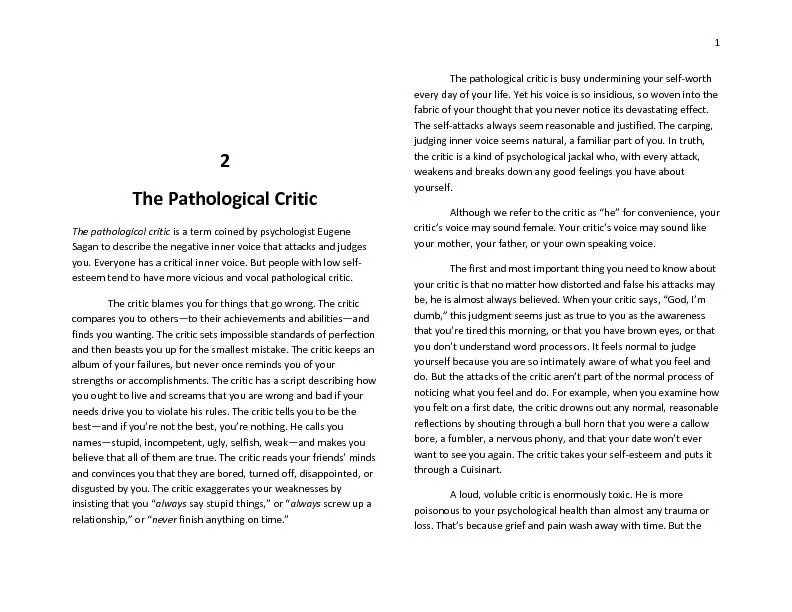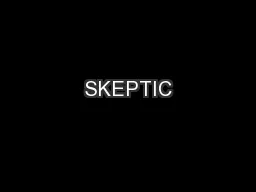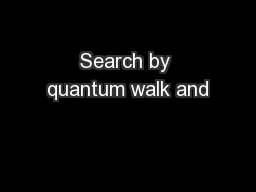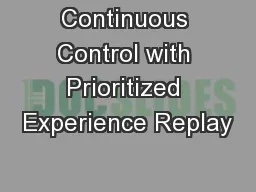PPT-A Connoisseur, a Critic, and a Skeptic walk into a student union…
Author : joyce | Published Date : 2024-03-13
CAS provides a structured method of evaluation Is the X functioning effectively to achieve its mission X can equal program service department What evidence is available
Presentation Embed Code
Download Presentation
Download Presentation The PPT/PDF document "A Connoisseur, a Critic, and a Skeptic w..." is the property of its rightful owner. Permission is granted to download and print the materials on this website for personal, non-commercial use only, and to display it on your personal computer provided you do not modify the materials and that you retain all copyright notices contained in the materials. By downloading content from our website, you accept the terms of this agreement.
A Connoisseur, a Critic, and a Skeptic walk into a student union…: Transcript
Download Rules Of Document
"A Connoisseur, a Critic, and a Skeptic walk into a student union…"The content belongs to its owner. You may download and print it for personal use, without modification, and keep all copyright notices. By downloading, you agree to these terms.
Related Documents

